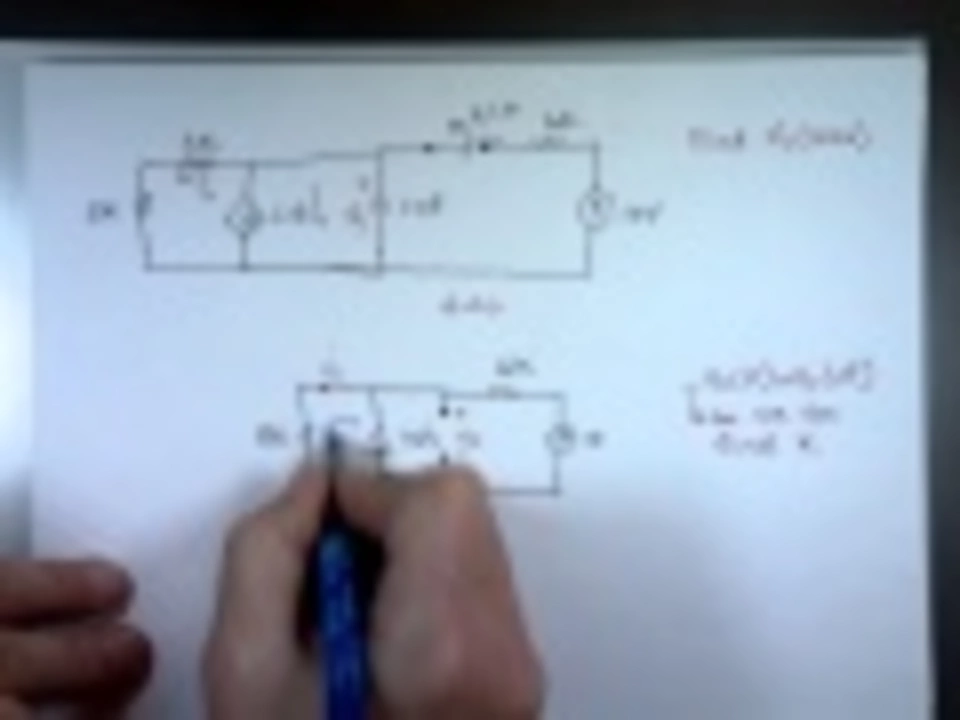March 2023 Archive — India Election Insights
You won't find articles listed for March 2023 on this site. We did not publish new posts that month, but you can still get the election insights you need by searching nearby months, using our data tools, or asking us directly. This archive page explains why the month is empty and how to find relevant coverage quickly.
Why there are no posts for March 2023
Sometimes the editorial team pauses publishing to focus on deeper analysis, data checks, and model updates. That kind of behind-the-scenes work improves future reporting. Think of March 2023 as a maintenance month—less new content, more fact-checking and data preparation so later articles are sharper and more reliable.
How to find related content and data
Start with the site search. Use precise queries like a state name plus the year (for example: "Karnataka 2023 voter turnout") or exact phrases in quotes such as "candidate list 2023." Use filters for Topics and Regions to narrow results to a state, party, or ballot type.
If you prefer data first, check our Charts and Data section for downloadable tables and interactive maps. Look for tags like methodology, poll results, vote share, and constituency profiles to zero in on technical analysis. For quick reads, try the Opinion or Quick Takes categories.
Try browsing February and April 2023 archives. Posts in adjacent months often contain previews, follow-ups, or corrected versions of analyses that relate to March activity. Use those posts as context if you’re researching a specific election cycle.
Want step-by-step help? Tell us what you need: a state-level breakdown, a candidate comparison, or turnout trends over several years. Provide the state, the seats, or the metric you care about, and we’ll point you to the best datasets and posts on the site.
Practical search examples: use "voter turnout 2023 state name", "polling trends 2023 party name", or "assembly results 2023 constituency name". Quoting exact phrases and combining terms gives much better results than broad searches.
Subscribe to our newsletter or follow our update feed to get notified when we publish new analysis. If you want content on a specific topic, suggest it—many articles start from reader requests and shared datasets.
This archive is not a dead end. It’s a sign we were building better tools and checking facts so future pieces are more useful. If March 2023 is part of your research, treat it as a quality-control window and use the tips above to find connected material across the site.
Need help right now? Send a short note with what you’re looking for—state, party, time frame, or metric—and we’ll reply with the most relevant posts and datasets we have.

What is the time constant for a RC circuit?
A RC circuit is a simple electronic circuit that consists of a resistor and a capacitor connected in series. The time constant for a RC circuit is the time it takes for the capacitor to reach about 63.2% of its maximum charge. This is equal to the product of the resistance and capacitance of the circuit. The longer the time constant, the slower the capacitor charges, which can be beneficial in certain applications. When designing a RC circuit, it is important to take into account the time constant, as this affects the performance of the circuit.

What is a transient response?
A transient response is a type of response that occurs in an electrical or mechanical system when it is disturbed from its equilibrium state. It is the response of the system to a sudden change in its environment. It is also referred to as an impulse response as it is usually measured using an impulse input. The transient response is important for understanding the behavior of the system and its components, as it can be used to determine the stability and accuracy of the system. It is also used to calculate the effects of changes in the system's input and output.